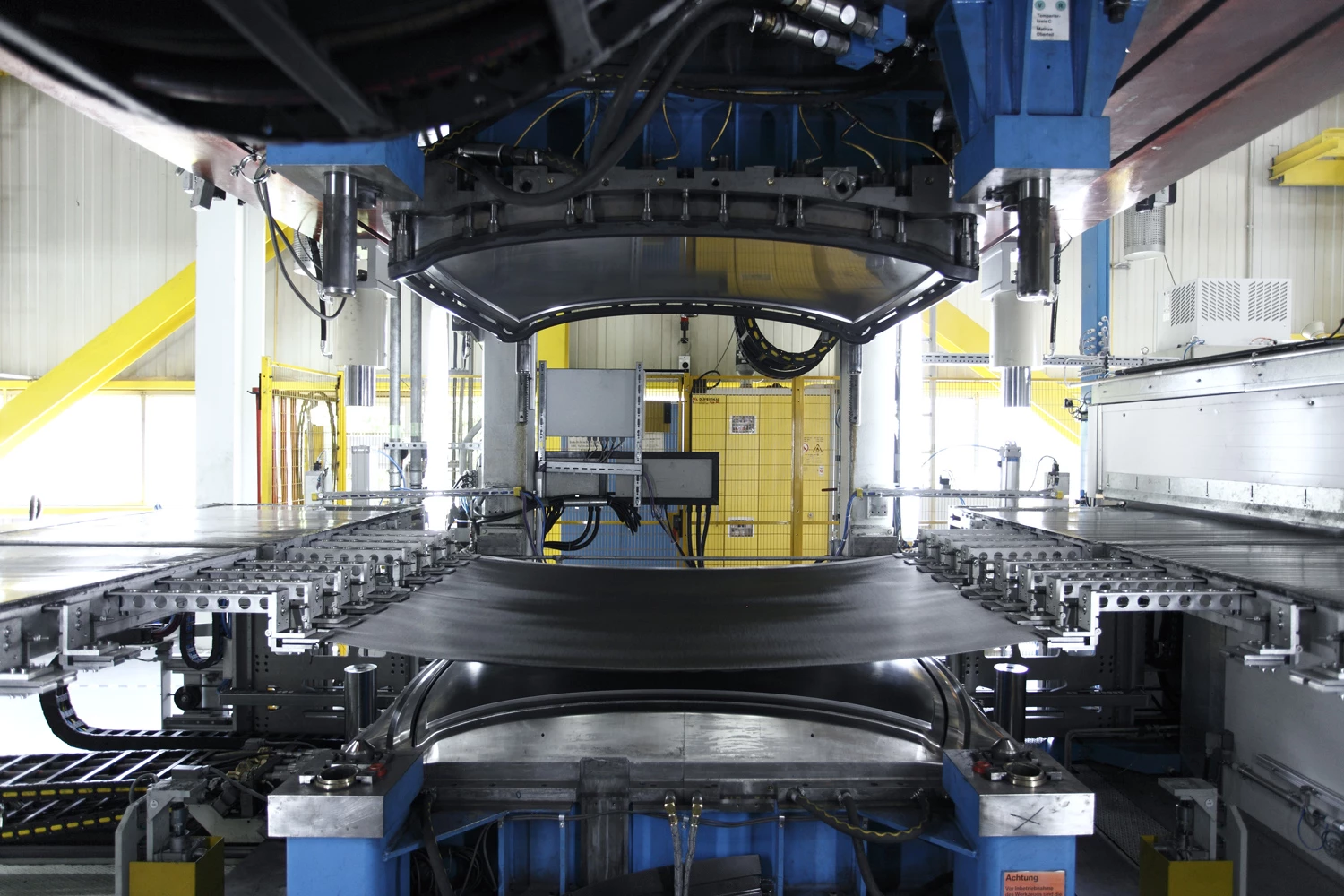With almost three quarters of the world's population predicted to live in cities by 2050, it's no surprise that the shape of urban transport is set for a radical change. BMW is looking to stake its claim on this brave new world of zero emissions personal motoring with the Megacity Vehicle (MCV). Based on a totally new vehicle architecture dubbed "LifeDrive", the concept is made up of of two independent modules - a Drive module which contains the battery and drive system, and a Life module which houses a lightweight passenger cell made from carbon fiber reinforced plastic (CFRP). While the development of the concept has been discussed for some time, the big news from BMW this week is that we can expect to see the MCV enter the market in 2013.
Unlike the Active E Concept and Mini E, which are electrified versions of conventional internal combustion powered vehicles, the MCV project starts with a completely new architecture that paves the way for simpler production processes and "gives the vehicle designers additional freedom when it comes to creating a new aesthetic for sustainable urban mobility solutions."
Carbon fiber reinforced plastic
Already in use in aerospace and motorsport applications, CRFP is a composite material consisting of carbon fibers surrounded by a plastic resin that boasts rust resistance, lightweight and strength. It's as strong as steel and lighter than aluminum, but doesn't compromise safety. It's also very stiff, which has advantages for handling, and dampens energy for a smoother ride,The use of CFRP means that the additional weight of an electric vehicle can be reduced by 250 to 350 kilograms – a factor that BMW recognizes as one of the drawbacks of current technology when it comes to e-mobility.
"The Megacity Vehicle is a revolutionary automobile. It will be the world’s first volume-produced vehicle with a passenger cell made from carbon. Our LifeDrive architecture is helping us to open a new chapter in automotive lightweight design. Indeed, this concept allows us to practically offset the extra 250 to 350 kilograms of weight typically found in electrically powered vehicles.” says Klaus Draeger, Member of the Board of Management for Development.
Megacity Vehicle performance
BMW actually began investigating the use of electric drive systems back in 1969 with an electrified BMW 1602 and continued research through the 1990s with the BMW E1 experimental vehicle. The next phase of development will result in a rear-wheel drive vehicle that will generate well over 100 kW and reach speeds of 150 km/h – more than ample for the urban environments for which it is designed. The MCV also incorporates the company's holistic approach to electric transportation which includes a focus on recycling at the end of the vehicle's lifetime and a framework to achieve rapid recharging via “green” electricity at off-peak times when electricity is cheaper.Around 100 lithium-ion battery cells will be required to meet the 400 volt requirement of the vehicle while additional heating elements and active cooling will be used to keep the batteries at optimal operating temperature.
BMW is also looking at range extender solutions which use a combustion engine that produces electricity via a generator in order to charge the battery during a journey. In the long term however, the focus remains on increasing battery efficiency.
Market in 2013
The MCV is slated to reach the market in 2013 and the term Megacity (which refers to cities with at least 8 million inhabitants) is likely to become a BMW sub-brand. Just what shapes and sizes will evolve from this platform remains to be seen – stay tuned for more details.






















































